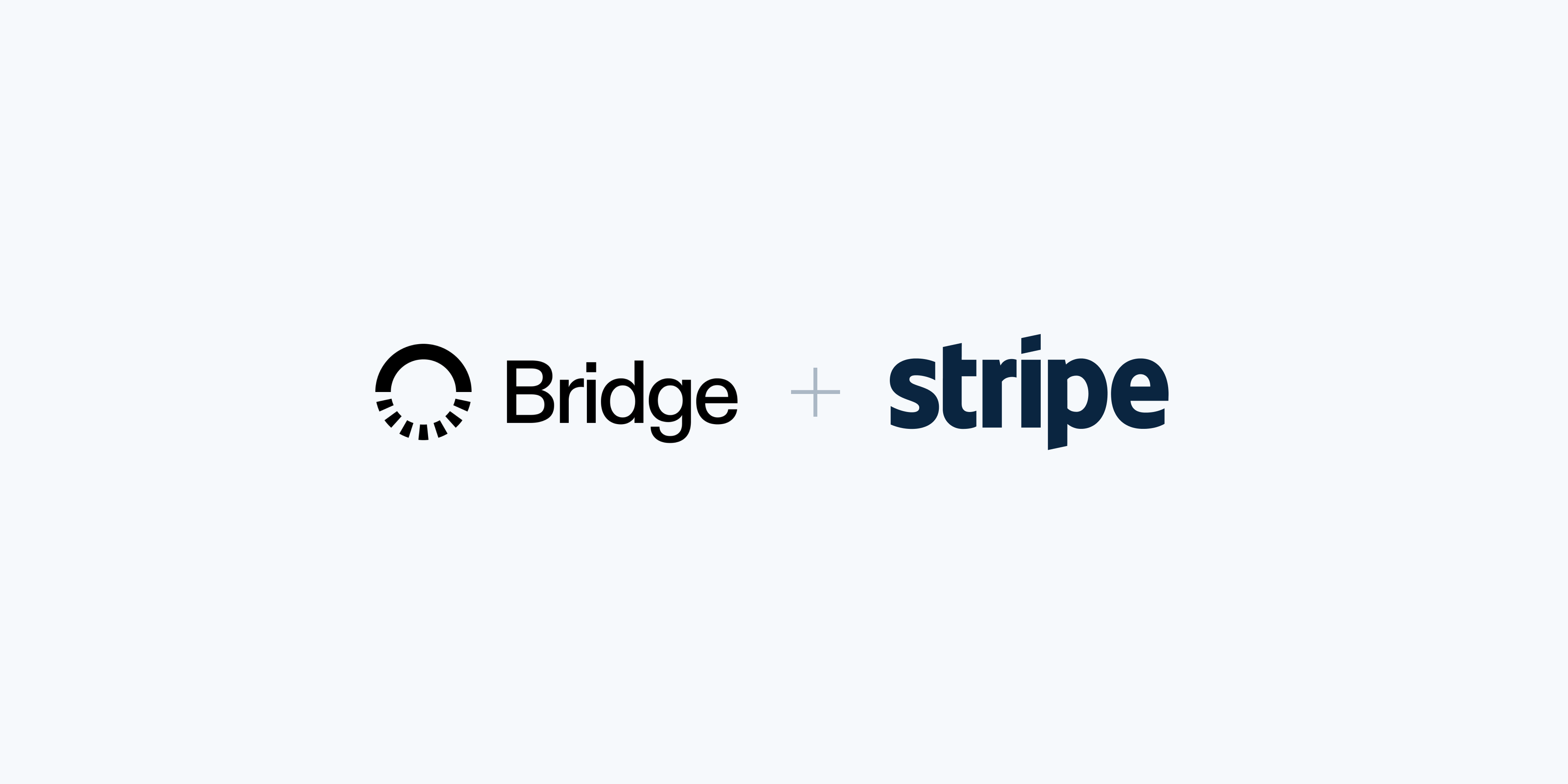Bitcoin: The Digital Sentinel
The Swiss Guard’s centuries-long discipline mirrors bitcoin’s undying protocol amid chaos and market mayhem. Is bitcoin the silent sentinel in our volatile financial era? Discover how unwavering loyalty and order defy time and turmoil.

Everyone sees the stripes. Almost no one sees the protocol.
Clad in their blue, yellow, and red uniforms, they stand motionless. They are guards who have outlasted centuries—while popes have come and gone, wars have erupted, and kingdoms have fallen. The Swiss Guard is seen by most as nothing more than a tourist attraction, perfect for a photo. Yet behind those vivid colors lies something that often goes unnoticed: pure, unwavering dedication.

These men are not mere decoration. They are trained protectors, forged in chaos, molded by discipline, and grounded in a protocol that has withstood over 500 years. They protect not only a man in white but also a faith, an order, a foundation.
And what does that have to do with bitcoin? Everything.
Heroes in Silence
Let’s go back to the year 1527. Rome is being sacked. German and Spanish soldiers, desperate after months without pay, storm into the city. They murder, vandalize, and commit unspeakable acts. Pope Clement VII flees into the Angel Castle, pursued by chaos and bloodshed.
At the steps of St. Peter’s, the Swiss Guard stands ready. Nearly 150 out of 189 members lost their lives that day, forming a shield that gave the pope the precious time he needed to escape. Their actions—silent and resolute—have become legend, and since then, their oath has been simple: loyalty unto death.
A Strict Selection
Today, the Guard consists of roughly 135 members. Interested in joining? Think again unless you’re Swiss, Catholic, between 19 and 30 years old, at least 1.74 meters tall, unmarried, in excellent physical condition, and with military training. After that, you undergo months of additional training—covering martial arts, firearms, firefighting, languages, and even the handling of… halberds.

Yes, those pointed instruments they wield with such grace. Make no mistake, though: beneath those uniforms lie modern weaponry. They may appear like medieval sentinels, but in 1981 they demonstrated their readiness when Pope John Paul II was shot—they shielded him and swiftly escorted him to safety, acting quickly, effectively, without hesitation.
And when a pope passes away? Their duty shifts. There are no flashing cameras or public displays. During the conclave, when a new pope is selected, the world is shut out—no phones, no messages, no unnecessary movement. Only silence and order prevail.
The Power of Protocol
Why does this resonate? Because it reminds us of something else that remains steadfast even when the world shakes.
Bitcoin.
In a world where leaders like Trump surround themselves with cronies, where wars erupt, central banks engage in panic-driven maneuvers, and currencies absorb inflation as if it were candy, bitcoin remains calm.
Tick tock. Next block.
Just as the Swiss Guard brings order to religious chaos through discipline, bitcoin imposes order on the financial world. Consider the mempool—a digital waiting room where transactions vie to be included in the next block. It’s pure competition. And yet, every 10 minutes, bitcoin produces a new block: uninterrupted, unyielding, and loyal only to its protocol.
This ensures that bitcoin cannot be swayed, manipulated, or influenced—just as the Guard remains silent amid the clamor of the world.
Behind the Uniform
What’s fascinating is how both the Guard and bitcoin are underestimated. People focus on their outward appearances—a group of colorful guards merely posing for show, or a piece of code that only tech enthusiasts seem to appreciate. But a closer look reveals there’s no performance or hype here: it’s about seriousness, order, and unwavering steadfastness.
The Swiss Guard isn’t there merely to smile for tourists—they are present because, centuries ago, they demonstrated that loyalty, discipline, and preparedness can save lives. Similarly, bitcoin doesn’t process transactions into blocks simply because it’s fashionable; it operates because people need a system that remains impervious to pressure, fear, or greed.
And what do they protect? For the Guard, it’s the pope. For bitcoin? Freedom, truth, an alternative.
"Activists love bitcoin"
— Alex Gladstein 🌋 ⚡ (@gladstein) April 14, 2025
"Money is the foundation of our struggle for freedom"
"We use bitcoin to counter the system that has kept us in bondage"
🔥 profile of @HRF's panel at @MIT's Bitcoin Expo pic.twitter.com/PU43YyBhIV
Steadfast
When the Swiss Guard settles into their positions, they pay no heed to passersby. They don’t shift for influential figures, flashing cameras, or the masses. Their only focus is on the protocol—just as bitcoin refuses to bend in the face of market crashes, governmental pressure, or Twitter-fueled hype.
We live in a time when everything seems fluid, when little is certain. But some things simply endure, no matter what happens.
Everyone sees the stripes. Almost no one sees the protocol!
More Alpha
Are you a Plus member? Then we continue with the following topics:
- Stripe: Digital Dollars for the World
- SoftBank, Tether and 42,000 Bitcoin
- What does the return of Paul Atkins mean?
1️⃣ Stripe: Digital Dollars for the World
Erik
Stripe, one of the largest payment providers globally, is expanding its stablecoin payment capabilities to markets beyond the United States, the United Kingdom, and the European Union. In regions where traditional banking is often inaccessible, the demand for ‘crypto-dollars’ is significant. With this initiative, Stripe is capitalizing on that growing need.
In February 2025, Stripe acquired Bridge, a stablecoin-based payment network founded in 2022 by former Coinbase employees. This acquisition underscored Stripe's commitment to stablecoins as a credible alternative to traditional networks like SWIFT.

From Payment Specialist to Crypto Pioneer
Nearly 1.5 million commercial websites around the world use Stripe. In 2023, the company processed over a trillion dollars in payments for the first time, and in 2024, this increased to 1.4 trillion dollars. Although Stripe initially had no connection to crypto, it now leads in its adoption. As early as 2014, Stripe began accepting bitcoin payments—but that initiative was halted in 2018, as bitcoin’s base layer proved too slow and impractical for its needs. In this context, stablecoins offer greater usability and are quoted in a unit familiar to users.
In October 2024, Stripe started accepting payments in the dollar stablecoin USDC, particularly targeting these regions. Stripe charges a fee of 1.5% and allows customers to convert their USDC balance directly into traditional dollars. Expanding this service beyond its usual jurisdictions demonstrates Stripe’s confidence in this model.
Stripe is building a NEW stablecoin product, powered by Bridge, and we're ready to start testing!
— Jen (@BackseatVC) April 25, 2025
If your company is:
🌏 Based outside of the US, EU, or UK
💵 Interested in dollar access
👉 Send a quick note about your company to stablecoins@stripe.com
Growth of the Stablecoin Market
A recent Citigroup report (PDF) suggests that the global stablecoin market could reach 3.7 trillion dollars by 2030 in the most optimistic scenario, with a baseline of 1.6 trillion dollars. Although the hub of financial activities remains in Western countries, the demand for dollars—or their digital equivalents—is particularly strong in emerging economies. By targeting companies outside the traditional financial sphere, Stripe is solidifying its role as an innovative leader in the global payments sector.
2️⃣ SoftBank, Tether and 42,000 Bitcoin
Peter
BAM! Another blockbuster development in bitcoin land.
As if BlackRock, spot ETFs, and a price above 90,000 dollars weren’t enough, now SoftBank has entered the picture. This time, along with Tether and Cantor Fitzgerald, they are establishing a new vehicle starting with 42,000 bitcoin in its treasury—roughly 4 billion dollars. This instantly ranks them as the third-largest bitcoin holder in the world, after Strategy and Marathon. The new entity is called Twenty One. What’s behind it? We’ll explore that shortly.
Announcing Twenty One: https://t.co/zg4PVHidw2
— Jack Mallers (@jackmallers) April 24, 2025
Twenty One is a #Bitcoin-native company and the ultimate vehicle for capital markets to access #Bitcoin
We intend to leverage capital markets to maximize #Bitcoin ownership per share (BPS) & pioneer #Bitcoin-native financial tools pic.twitter.com/RixWzvcL1y
This is huge—SoftBank, Tether, and Wall Street all wrapped into one deal, and not through any back doors. Twenty One will soon be publicly traded on the Nasdaq. It brands itself as a “bitcoin-native company,” essentially a listed fund whose sole purpose is to accumulate bitcoin. Sound familiar? Yes, MicroStrategy did it before, but Twenty One is scaling up the approach—and seemingly at a faster pace.
What Drives Tether? What is SoftBank Looking For?
Tether is contributing the largest share with 36,000 bitcoins, while SoftBank acquires a 24% stake. Bitfinex—the exchange that, along with Tether, falls under the same corporate umbrella—is also participating. But why exactly?
No one knows for sure, so we can only speculate about the reasons. For example:
- Cashing in without selling. Tether contributes bitcoin and receives around 1 billion dollars in return—not by dumping them on the market, but by “contributing” them to this new vehicle. Tether can later convert its shares in Twenty One into dollars once a liquid market develops.
- Power and credibility. With more than 50% of the voting rights, Tether wields significant control. And let’s be honest: they benefit by being taken more seriously worldwide. What better way than by owning the largest bitcoin company on the Nasdaq?
- SoftBank’s comeback. SoftBank's founder previously lost 130 million dollars with bitcoin. Perhaps he now wants to prove that he understands it—or maybe the company simply sees an opportunity. Either way, they're in it.
A Game of Insiders?
There is also criticism. Twenty One is going public through a SPAC, which doesn’t exactly have the best track record. Often, insiders reap the biggest rewards while ordinary investors are left behind. And indeed, the power lies in the hands of a few—Tether, Bitfinex, SoftBank—they are steering the ship. Consumers are left to hope for a rising premium.
The Cantor/Tether/SoftBank BTC SPAC (Twenty One) announced today is an elegant way for Tether and BitFinex to “wash” a couple of billion of profits.
— Novacula Occami (@OccamiCrypto) April 23, 2025
Tether and Bitfinex are contributing 25,713 BTC at an avg price of $84,846 ($2.2B - $1.6B from Tether and $600M from Bitfinex) to… pic.twitter.com/RbWWFw4yjd
But still—one way or another, the demand for bitcoin is growing. More and more parties want exposure. If not through ETFs, then through companies like this. Yes, there are pitfalls, but it also signals growth and adoption. Bitcoin is in high demand.
The Lesson?
Twenty One is all hype—big, loud, and powerful. But it's also a sign of the times. Bitcoin has become indispensable to the financial system. And while the market speculates on Tether's next move, one thing is clear: the hunger for bitcoin is far from quenched.
I think this 21 Capital news is being slept on - tldr:
— Pratik Kala (@PratikKala) April 24, 2025
- they already have $585 million to go
- Twenty One is built to accumulate Bitcoin and grow ownership per share
- We’re not here to beat the market, we’re here to build a new one. A public stock, built by Bitcoiners, for… pic.twitter.com/IpRIJvo7sp
3️⃣ What Does the Return of Paul Atkins Mean?
Peter
For sixteen years, he was largely absent from the headlines. Paul Atkins, former commissioner of the U.S. securities watchdog SEC, had faded from view. But this week, he has reemerged. Last Monday, he was sworn in as the new chairman of the SEC in a move personally orchestrated by President Trump.
Paul S. Atkins was sworn into office as the 34th Chairman of the Securities and Exchange Commission. https://t.co/UF2qmAwb8P pic.twitter.com/7ekU3TUDEM
— U.S. Securities and Exchange Commission (@SECGov) April 22, 2025
Atkins is not your typical technocrat. A staunch Republican and fervent advocate of free markets, he has little patience for excessive regulation. During his earlier tenure at the SEC, from 2002 to 2008, he was known for easing restrictions rather than tightening them. Now, in an era when the SEC often clashes with the crypto sector, he has returned with a clear mission.
Atkins and Trump are no strangers. In 2016, Atkins was part of Trump’s transition team, advising on financial regulation. Their connection lies in a shared vision: less government intervention and more entrepreneurial freedom. Trump’s nomination of Atkins as a regulator on Wall Street speaks volumes—suddenly, the SEC takes on a new character.
His appointment was highly contentious, with the Senate voting along strict party lines—52 Republicans in favor and 44 Democrats opposed. Critics worry he might neglect consumer protection, while supporters are hopeful for a radical shift in policy, especially regarding digital assets.
And Atkins wastes no time. At his swearing-in, he stated, “The United States must once again become the safest and most attractive place for investors worldwide. That means clear rules and ample room for innovation.” Speaking on crypto, he added, “Digital assets deserve a fair chance. Unclear regulation is lethal to innovation.” It was both a promise and a warning to his own organization.
SEC Chairman Paul Atkins will be good for Bitcoin. pic.twitter.com/E4SjdCqWBE
— Michael Saylor (@saylor) April 22, 2025
Under Atkins, the SEC is charting a new course on crypto. Instead of relying on lawsuits as his predecessor did, he aims to develop predictable regulatory frameworks. This is music to the ears of companies that have endured uncertainty for years. And for bitcoin, it could be a bullish sign—less legal threat means increased confidence, which can empower the market.
Is this the dawn of a new era for crypto in the US, or will these just be empty words? One thing is certain: the SEC's once-feared reputation has been notably diminished.
🍟 Snacks
To wrap up, here are a few quick bites:
- Trump invites the top 220 holders of his $TRUMP memecoin to a dinner on May 22. The 25 largest holders get VIP access and a special tour. Since the announcement, the token’s price has jumped 50%. Critics call it pay-to-play, but Trump is simply shaping his own crypto world. Those who buy enough literally get to sit down in person—an awkward convergence of crypto, loyalty, and influence.
- Vitalik Buterin wants to massively boost Ethereum’s computing power. In a new proposal, he suggests replacing the engine behind smart contracts—the EVM—with more efficient technology. The goal? To make Ethereum faster, more scalable, and future-proof, especially for applications currently hindered by network limitations. Not an immediate plan, but a clear signal that Ethereum’s foundation needs strengthening.
- Bitcoin on the balance sheet? A no-brainer. At Bitwise’s Bitcoin Investor Day, top executives predicted that it is inevitable: thousands of companies will put bitcoin on their balance sheets—not out of luxury, but out of necessity. Kraken’s CFO estimates 20% of publicly traded companies, and Saylor calls it “self-evident”: cash loses value and BTC becomes the alternative. According to Fundstrat Capital CIO Tom Lee, bitcoin acts as “a sort of new accounting standard, the idea that your cash doesn’t only have to consist of dollars.”
- Arca Labs launches Lynq: a network on which financial institutions can trade in real time and earn interest while their money is in transit. This significantly shortens the bridge between traditional finance and DeFi. No idle capital—only immediate yield, even during transaction settlement. With support from Galaxy and Wintermute, Lynq aims to set a new standard: capital without dead moments.
- SUI left the altcoin market far behind this week with a 73% surge. The total market cap soared above $12 billion. The rally lifted the entire SUI ecosystem: DEX tokens such as DeepBook and Cetus doubled in value, with daily volumes peaking at $800 million. Rumors about a link with Pokémon and the launch of the Grayscale SUI Trust are also fueling the momentum. For now, SUI is the poster child of the altcoin market.
- Blockchain could create over 1.5 million jobs by 2030, says Bitget. The technology is currently in the same position that AI was ten years ago—brimming with potential and awaiting a breakthrough. With the right stimulus—adoption, education, regulation—blockchain-based technologies and applications could provide substantial employment worldwide. Not yet AI, but the gap is closing.
Thank you for reading!
To stay informed about the latest market developments and insights, you can follow our team members on X:
- Bart Mol (@Bart_Mol)
- Peter Slagter (@pesla)
- Bert Slagter (@bslagter)
- Mike Lelieveld (@mlelieveld)
We appreciate your continued support and look forward to bringing you more comprehensive analysis in our next edition.
Until then!

